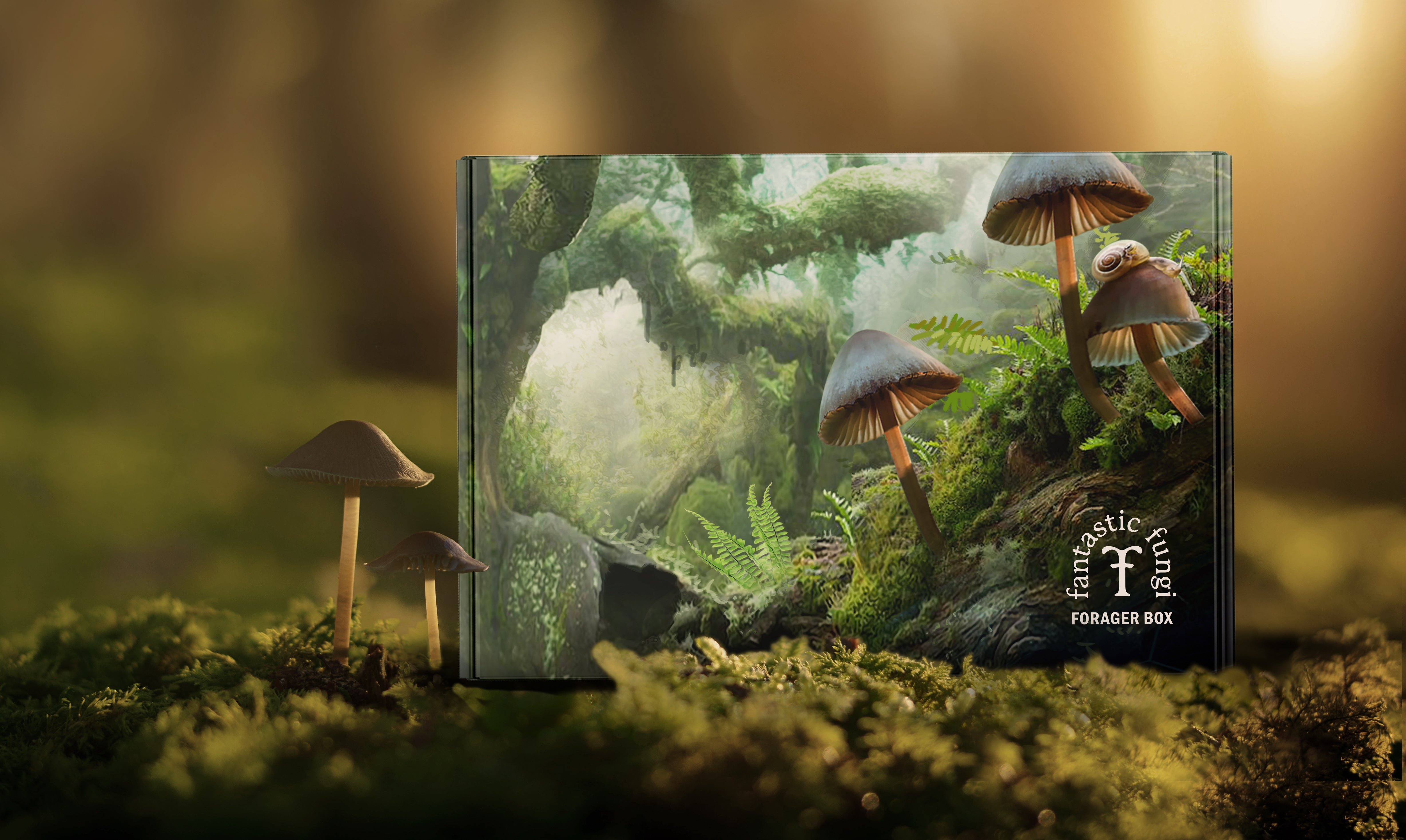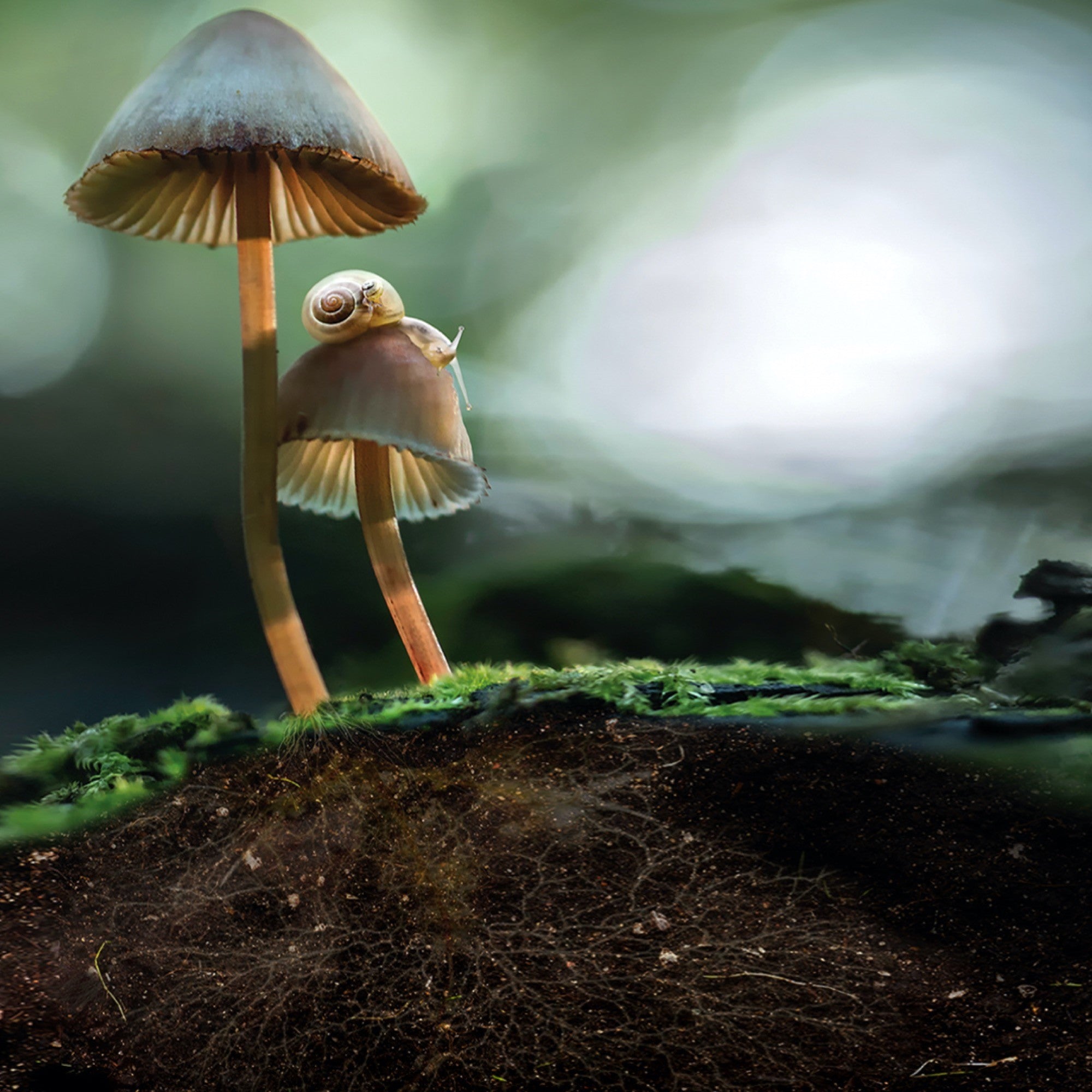
People Are Still Talking About 'Fantastic Fungi' 5 Years Later
Can you believe it’s been five years since the Fantastic Fungi film debuted? Since then, our community has grown like, well, the mycelial network, connecting people far and wide through a shared cu...
Read more
Put Mushrooms Front and Center This Earth Day
Sure, every day is Earth Day when you love nature as much as we do, but this is a holiday we look forward to all year long. The 53nd-annual Earth Day is Sunday, April 22, 2024. Celebrated globally ...
Read more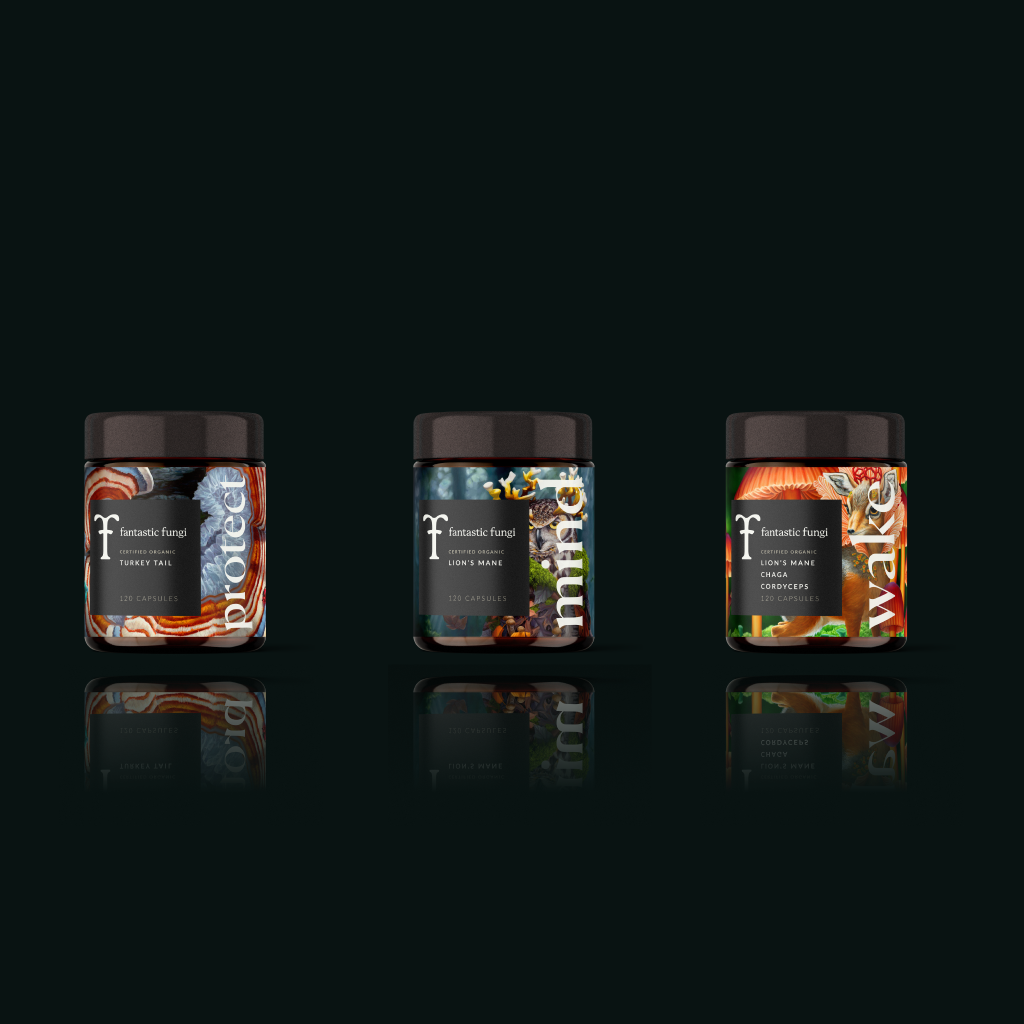
Get to Know Our New Capsules: Wake, Protect & Mind
The mushroom revolution continues, with a complete tran-spore-mation of our product line. We are excited to introduce a new line of 100% organic and vegan capsules — Wake, Protect and Mind — that c...
Read more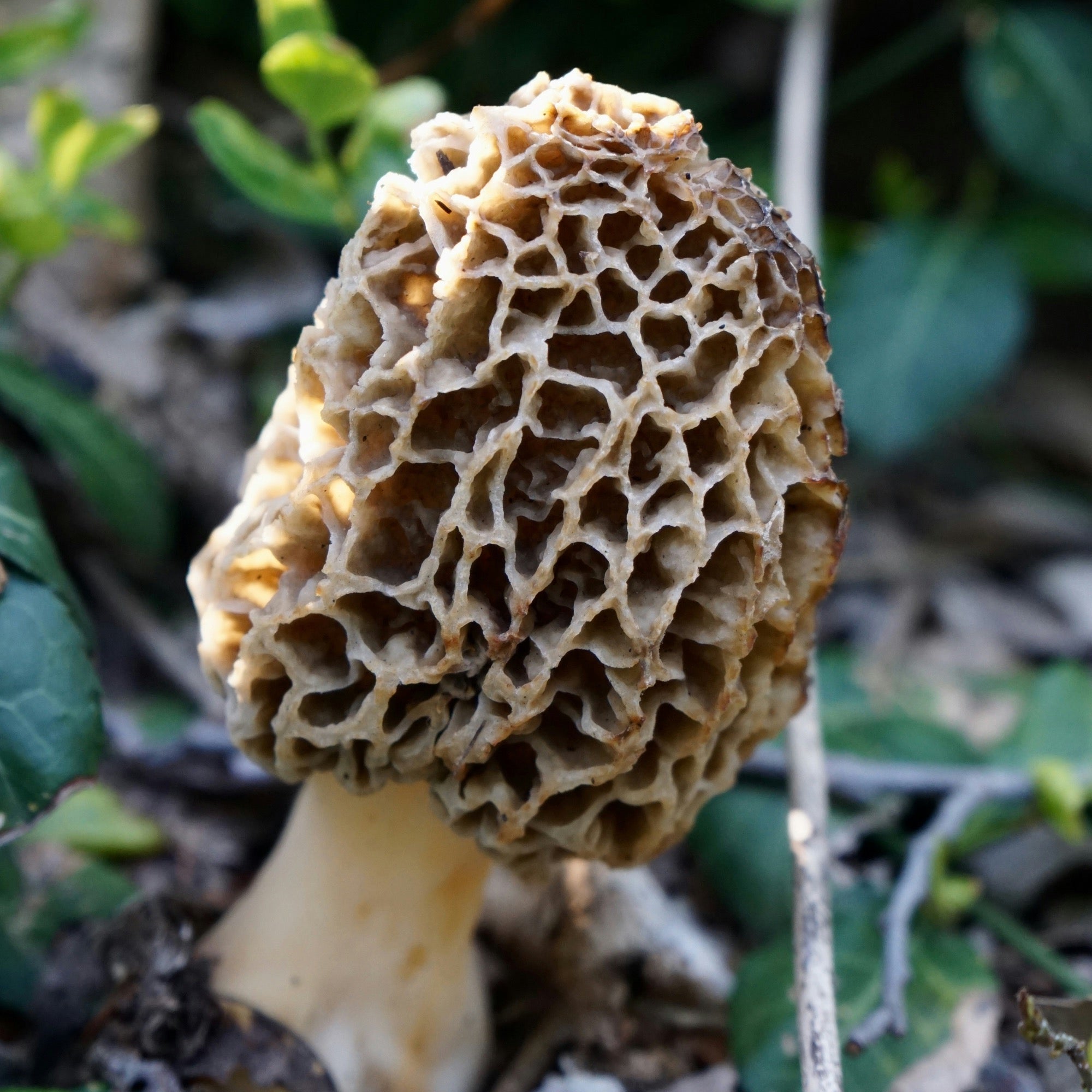
7 Fun & Easy Ways to Celebrate Mushrooms This Spring
Spring is a season for growth and renewal, a time to cast off the shadows of winter and embrace the light. Foragers love this season — the first fruiting bodies of the year start to appear as if by...
Read more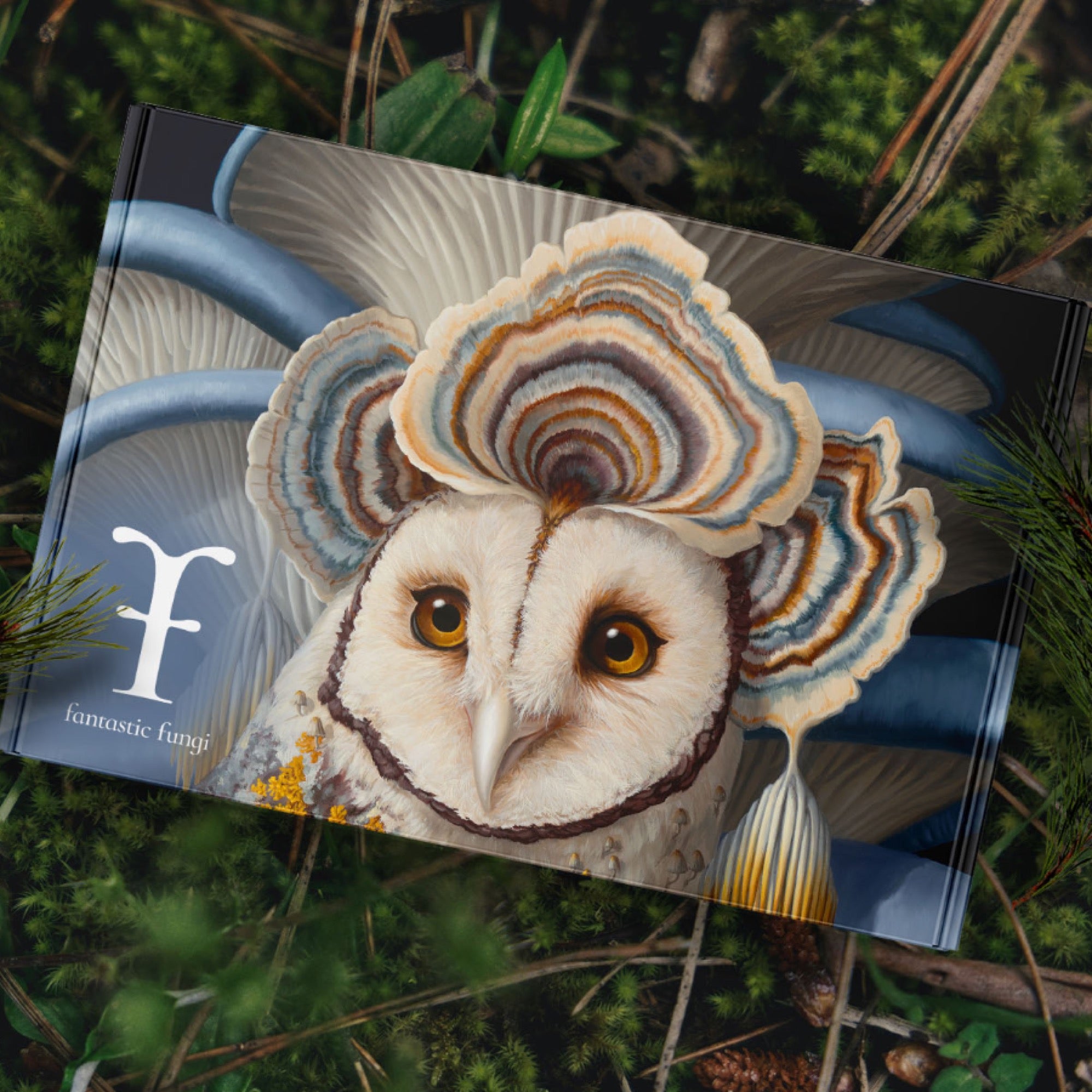
New to Mushrooms? Start Your Journey Here
Our Forager Box subscription has been one of the most popular offerings on our website, a way to sample the latest and greatest mushroom products all carefully curated by our fungi-loving staff. Bu...
Read more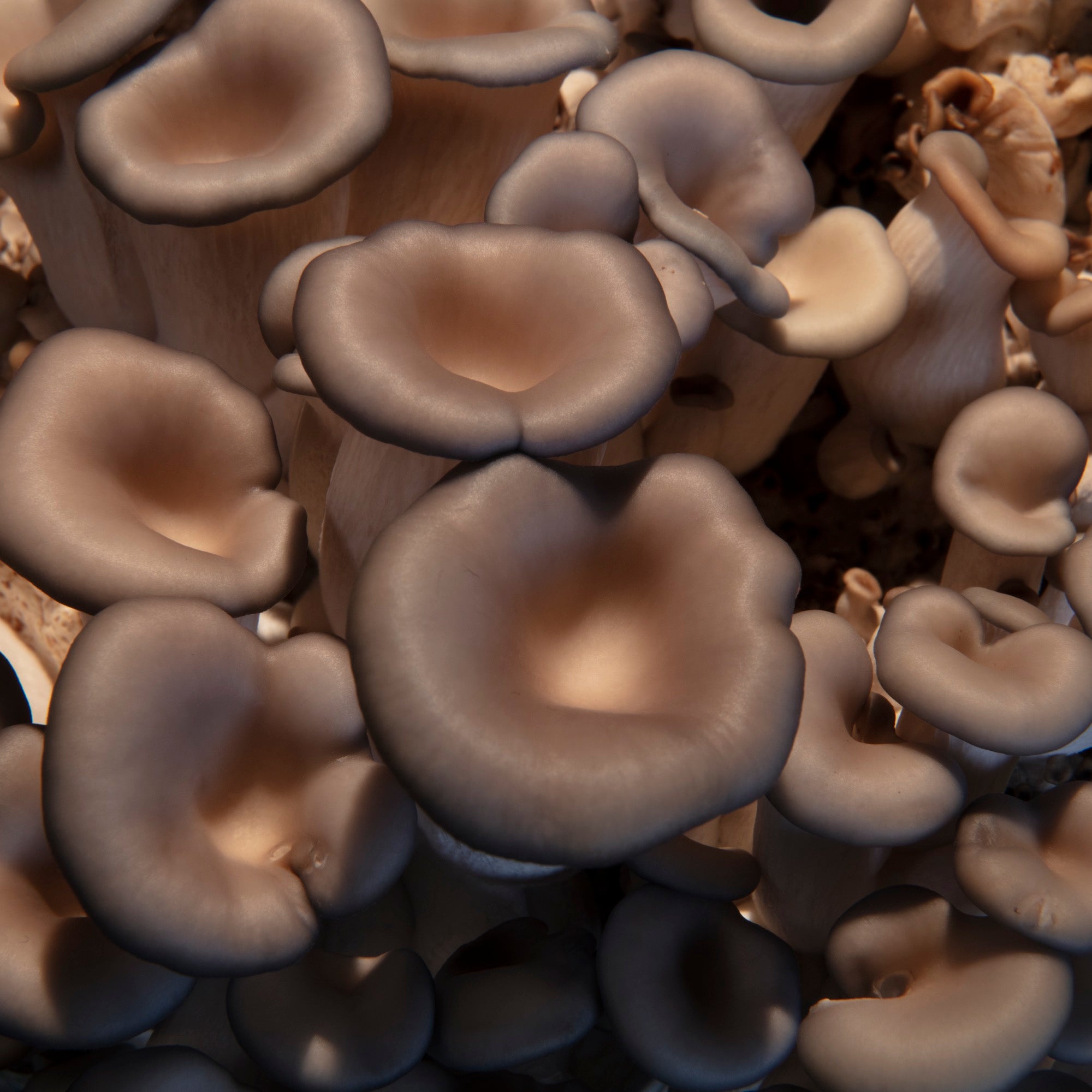
Mushroom Medley: The Latest News Plus a Few Recipes to Try This Month
Feel like you can’t keep up with all the latest news about mushrooms? You’re not alone. The fungi kingdom is front and center in the fight against climate change, with myriad uses far beyond the ki...
Read more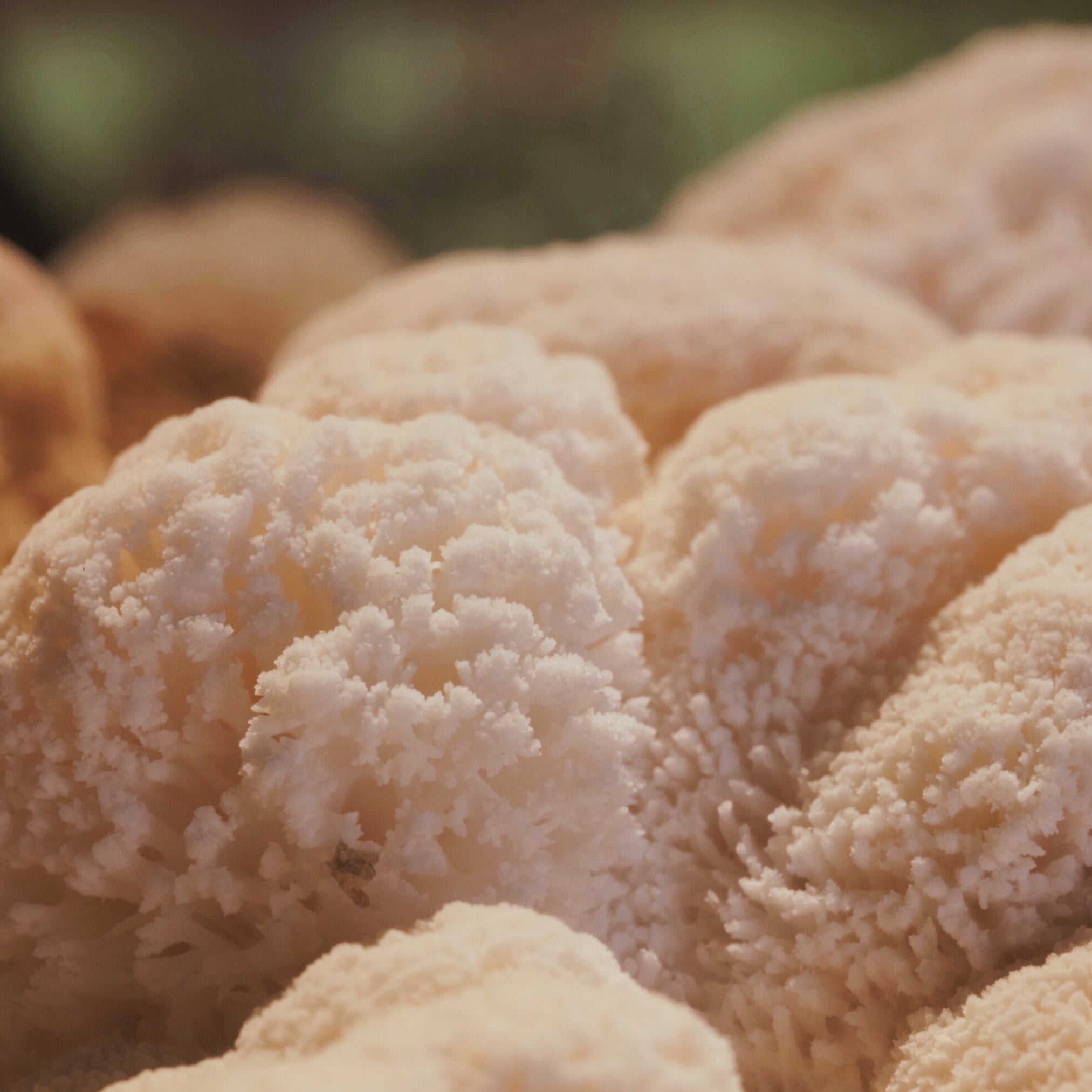
What are the Active Components in Mushrooms?
It’s no surprise that we believe mushrooms to be, well, fantastic. But why exactly is that? What is it about mushrooms — specifically the ones that are edible and offer health benefits — that make ...
Read more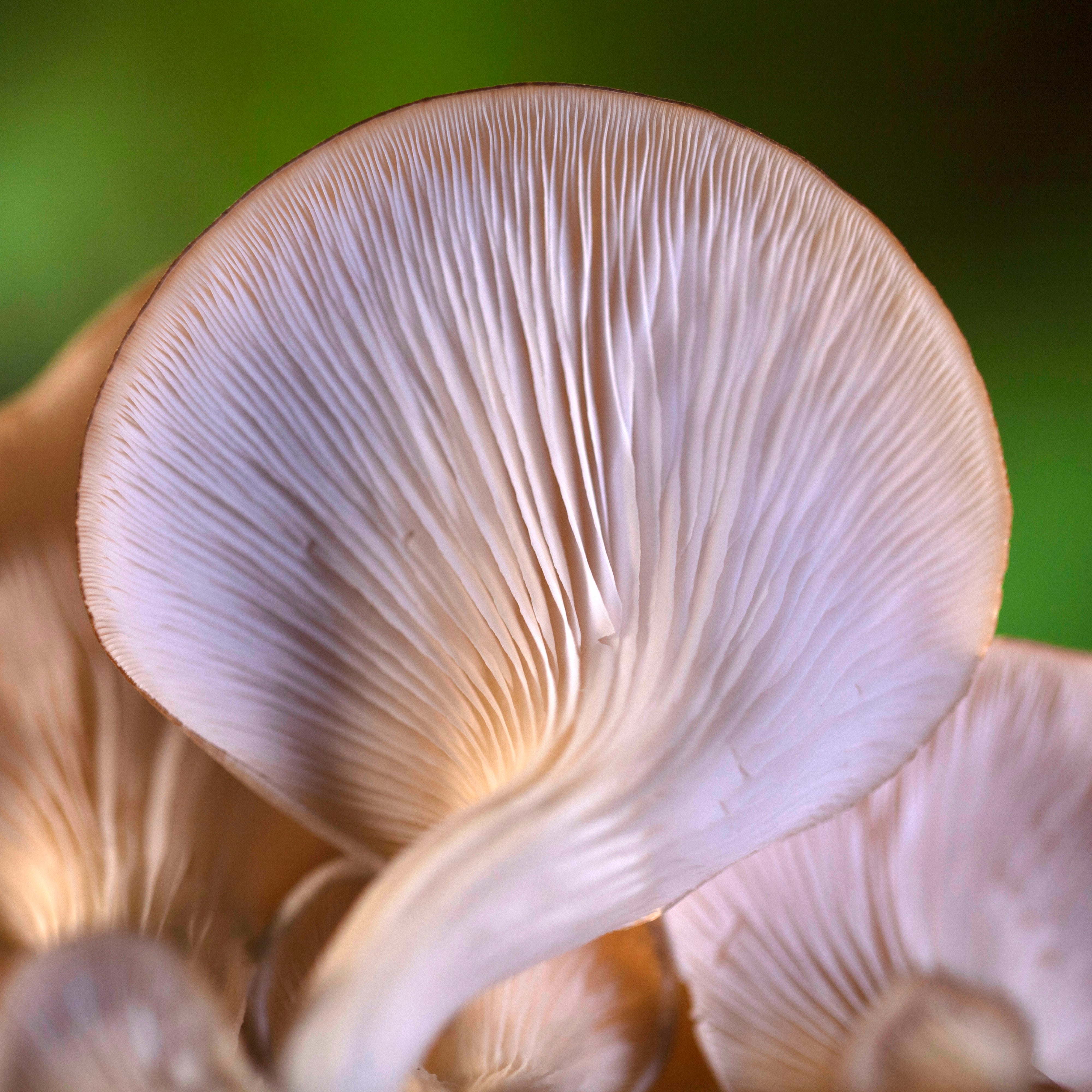
24 Ways to Practice Gratitude in 2024
Gratitude is a powerful practice that anyone can start at any time. As we begin the new year, it feels like a fitting time to consider how to bring gratitude into our daily rituals and routines. R...
Read more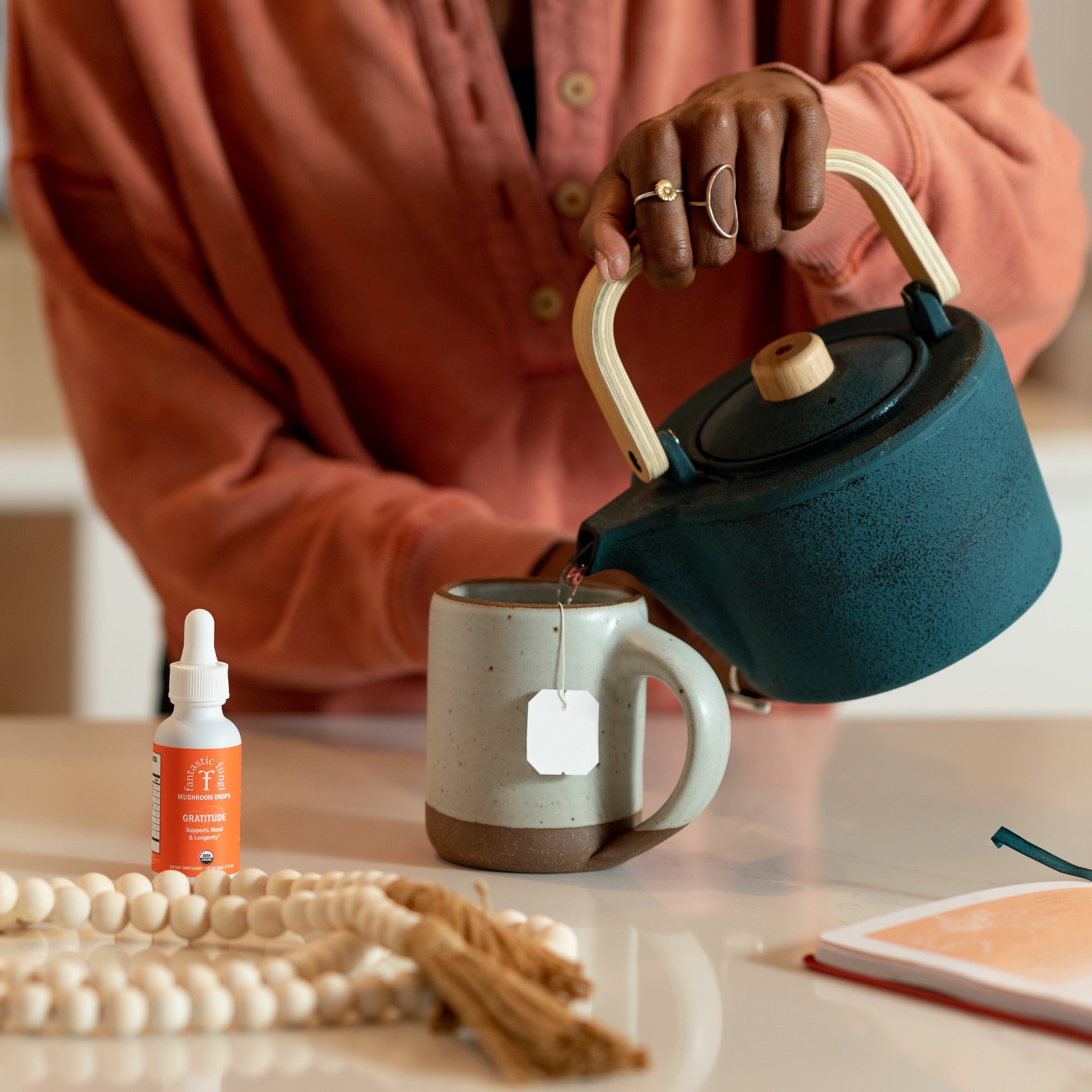
For mushroom lovers, winter may not seem like a season to celebrate. The trails are icy, our favorite secret spots for foraging frozen and barren. But while you might come home from a hike or strol...
Read more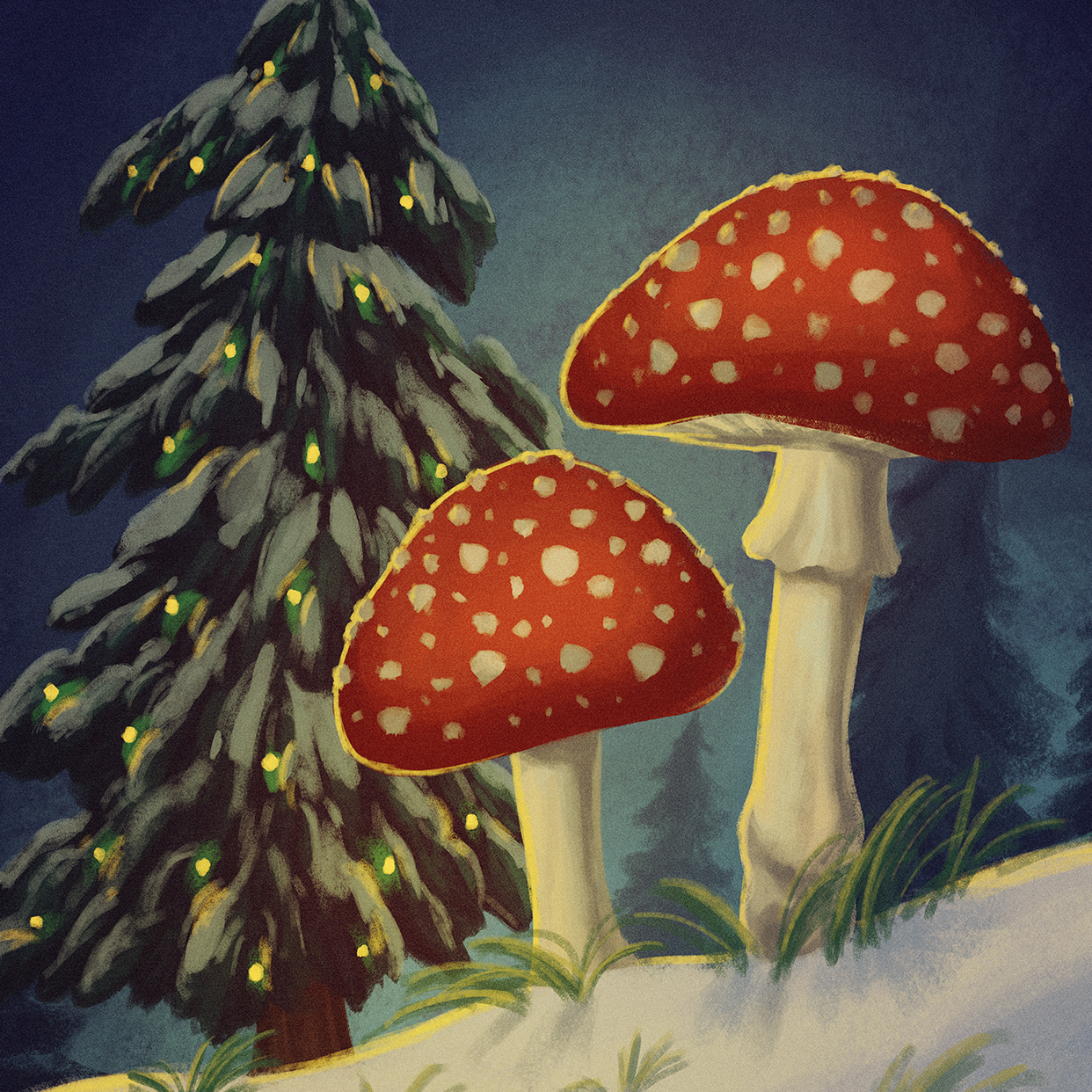
10 Favorite Holiday Gift Ideas
A thoughtful gift guide for everyone on your list. We suggest a mix of some favorite thoughtful items from our shop, secondhand or free options and gifts of experience. Each gift is meant to inspir...
Read more
